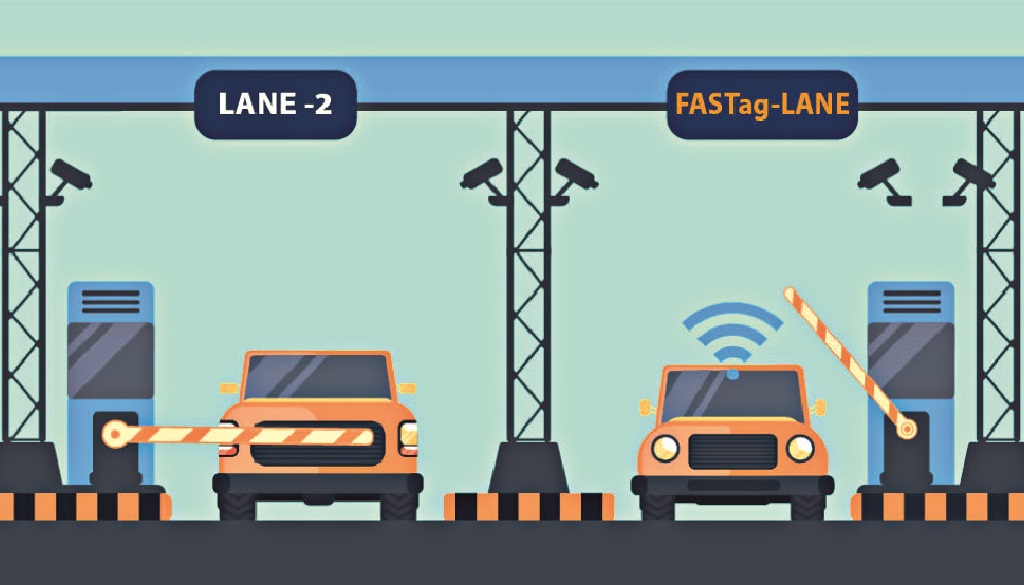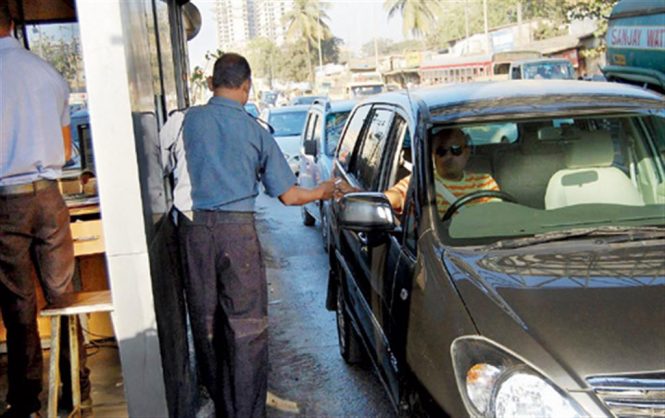
Global Navigation Satellite System (GNSS) currently under testing phase
The government is preparing to replace the existing FASTag system with a more advanced technology known as the Global Navigation Satellite System (GNSS). This new approach aims to modernise toll collection and enhance the efficiency of road travel across the country.
Union Road Transport and Highways Minister Nitin Gadkari recently announced the forthcoming implementation of the GNSS-based toll collection system. Currently in the testing phase, this system is expected to eventually phase out the traditional toll collection methods that have been in place for years.
Unlike FASTag, which relies on RFID technology, GNSS will operate via a satellite-based system installed in vehicles. This system will allow authorities to monitor vehicles as they travel on tolled highways. Upon exiting the toll road, the GNSS will calculate the distance covered and automatically deduct the corresponding toll amount. This ensures that motorists pay only for the distance they have traveled, potentially saving them money on every trip.
The transition to GNSS offers several advantages over the existing FASTag system. One of the most notable benefits is the accuracy in toll calculation, ensuring that drivers are charged only for the actual distance they travel on toll roads. This precision could lead to cost savings for regular commuters.
Additionally, the implementation of GNSS could eliminate the need for traditional toll booths, addressing the common issue of long queues and reducing congestion on highways. This change promises a more seamless and convenient travel experience for drivers across India.
The GNSS technology is currently being tested on two major national highways: the Bengaluru-Mysore National Highway (NH-275) in Karnataka and the Panipat-Hisar National Highway (NH-709) in Haryana. Government officials are closely monitoring the system’s performance, analysing data, and identifying potential challenges. Once the testing phase is complete and the necessary approvals are obtained, the new toll collection system will be rolled out in phases, initially targeting key highways that connect major cities.
While the GNSS system offers significant potential benefits, its nationwide implementation will not happen overnight. The transition from FASTag to GNSS is a complex process that requires careful planning, extensive testing and coordination across various stakeholders. The government has indicated that it will take time to fully transition to this new technology.





